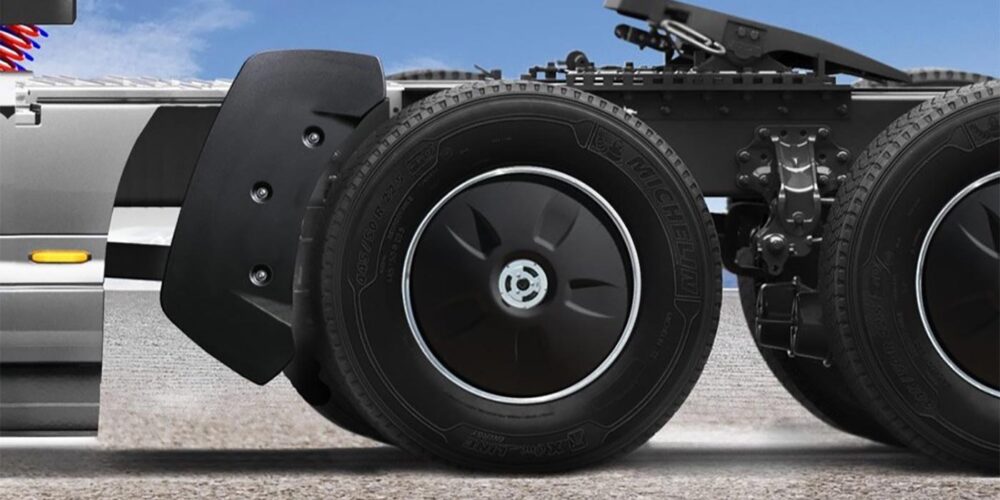
The chemistry of today’s coolants is fairly complex, and it’s capable of more than you might think.
How can coolant protect cylinder liners? Get ready to get technical with Dan Holdmeyer, Chevron Delo North America industrial sector manager:
“Larger diesel engines typically require nitrites to provide cavitation protection on their cylinder liners. The engine has cylinder liners attached to the block at two lines, one at the top and another somewhere between halfway down and the bottom of the cylinder.
“The cylinder liner outside is in contact with the coolant to remove heat developed by the fuel combustion inside the cylinder. These liners tend to vibrate as the combustion and exhaust cycles of the cylinder send shock waves to the coolant. The coolant repetitively returns, impacts and erodes, or cavitates, the cylinder after each combustion inside the cylinder expands the liner, pushing the coolant away before it returns to its previous shape.”
Continue to keep an eye on coolants
“With the drive to increase MPG and reduce emissions, the AF/C in the cooling system is under much more stress than it was in the past. Since cooling systems are now smaller to reduce weight, and the engine’s operating temperature is refined to maintain maximum fuel-combustion efficiency and effectiveness, the coolant touches more engine parts than ever before.” — Colin Dilley, Ph.D., vice president of technology, Prestone Products Group.
How does the antifreeze/coolant and water mix work?
“Water has a much better heat transfer rate than glycol, so the concentration is kept at a ratio to prevent freezing in a particular region. The binary mixture of glycol and water also raises the boiling point of the coolant, which is critical both in the summer and winter, but often overlooked.” — Dan Holdmeyer, Chevron Delo North America industrial sector manager.

Freeze!
In order to determine the effect of temperature, Colin Dilley, Ph.D., vice president of technology for Prestone Products Group, provided the temperature chart for mixtures of ethylene glycol (EG) AF/C and water:
- 30% EG and 70% water = 8°F freeze point
- 40% EG and 60% water = -8°F freeze point
- 50% EG and 50% water = -34°F freeze point
- 60% EG and 40% water = -55°F freeze point
- 70% EG and 30% water = -81°F freeze point
- 100% EG and 0% water = 8°F freeze point

What color is it?
If you’re just looking at your coolant’s color, you need to look a little closer.
“‘Fully formulated’ and ‘extended life’ are industry terms used to differentiate between the additive technology used to protect the cooling system from corrosion and cavitation, but these terms are not actually relevant in determining the concentration of a coolant,” said Dakota Johnson, Cummins Filtration product manager for coolants and chemicals. “Fully formulated coolants generally require more maintenance and have a shorter drain interval than extended life coolants, so the customer will first need to choose a technology, and then look for the appropriate mix of that product.”
So how do you ensure you’re pulling the right one off the shelf?
“To determine the concentration of the coolant, look for the terms ‘Ready to use’ or ‘Pre-mix’, which indicates that the coolant is already diluted to approximately 50% coolant with 50% water,” Johnson explained, “or ‘Full-Strength’ and ‘Concentrate’, which indicate that the coolant will need to be diluted prior to using.”
RELATED: Think you know everything you need to know about coolants? Think again.














